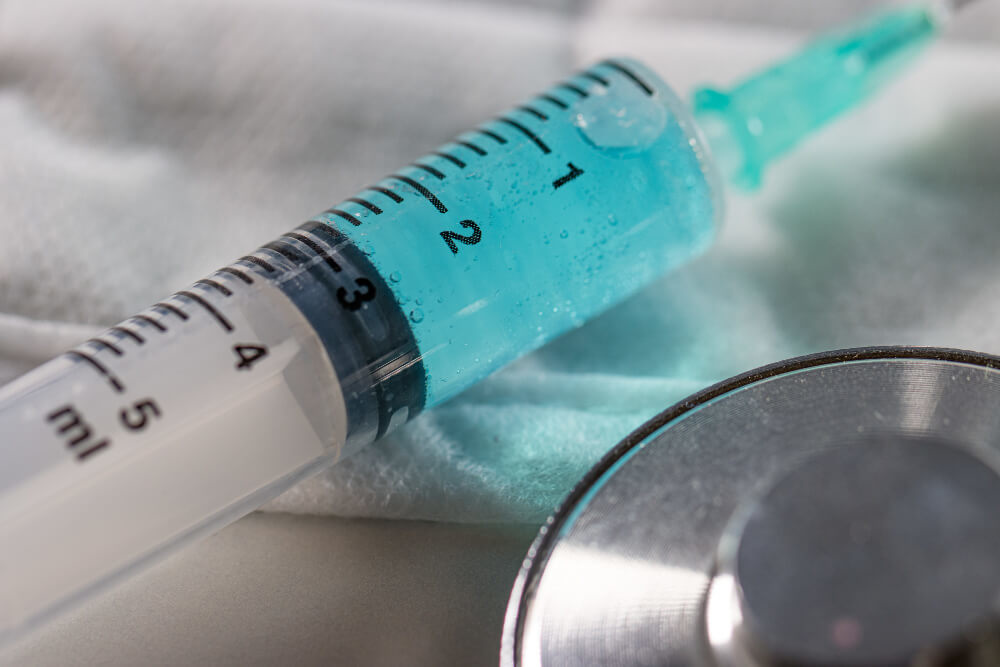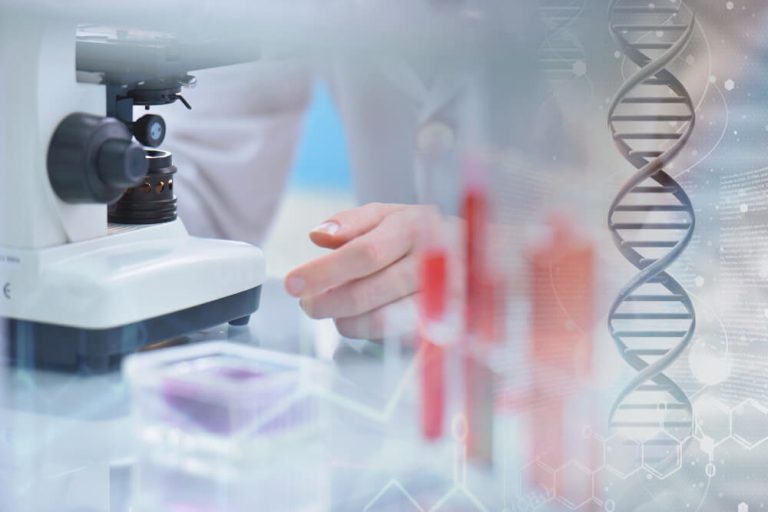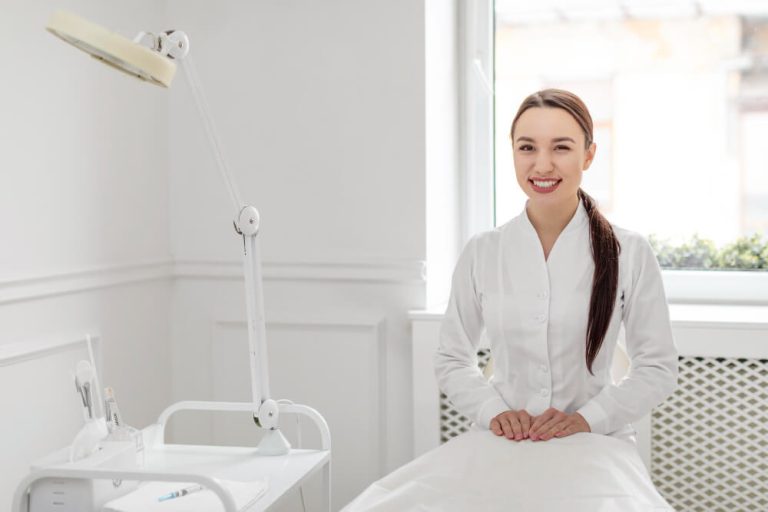Biohacking Clinic: Your Ultimate Guide to Human Optimization
Have you ever felt like you could be more? More energy, more focus, more resilience. This fundamental human desire to improve is the very heart of biohacking. It’s the art and science of changing the environment around you and inside you so you have more control over your own biology. The goal is simple yet profound: to become the best version of yourself.
For years, this pursuit was a fragmented, do-it-yourself endeavor, pieced together from podcasts, books, and online forums. But the landscape is rapidly changing. A new type of facility has emerged to centralize these efforts, offering cutting-edge technology and expert guidance under one roof. This evolution has given rise to the modern biohacking clinic, a place dedicated not just to treating illness, but to actively optimizing human performance and extending healthspan.
These centers represent a paradigm shift from reactive healthcare to proactive self-enhancement. They are laboratories for personal potential, where data-driven insights meet advanced therapeutic modalities. Whether you’re an athlete chasing peak performance, an executive seeking a mental edge, or simply someone who wants to feel their best for as long as possible, a biohacking clinic offers a structured path to achieving your goals.

What Exactly is Biohacking?
Is it about becoming a cyborg? Not quite. At its core, biohacking is a systems-thinking approach to your own biology. Think of your body as a complex system with various inputs and outputs. The food you eat, the air you breathe, the light you’re exposed to, and the way you move are all inputs. Your energy levels, cognitive function, mood, and physical performance are the outputs.
Biohacking involves making strategic changes to these inputs to improve the outputs. It can be as simple as changing your diet to eliminate inflammatory foods or as complex as using specialized technology to enhance cellular function. It’s a spectrum that ranges from ancestral wisdom like fasting and cold exposure to futuristic interventions like neurofeedback and intravenous nutrient therapy.
The ‘hacking’ part refers to finding clever shortcuts or workarounds to achieve a desired biological outcome more efficiently. It’s about understanding the cause-and-effect relationships within your body and using that knowledge to your advantage. The ultimate aim is to gain a deeper understanding of your unique physiology and use that information to live a healthier, more vibrant, and longer life.
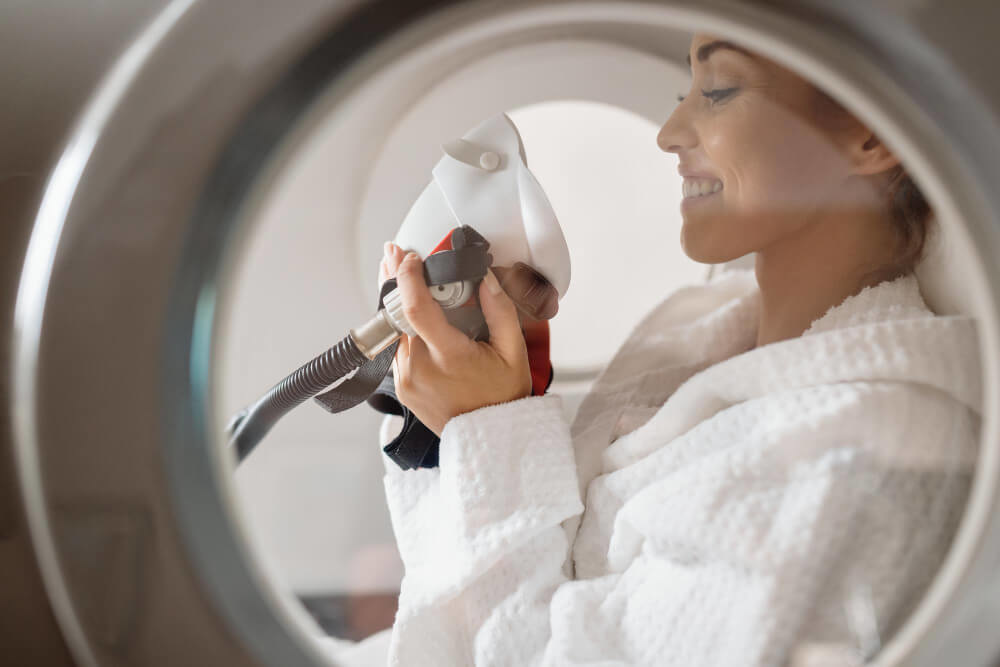
Why is a Clinic Environment Important for Biohacking?
Couldn’t you just do all of this at home? While many biohacking practices can be done individually, a clinical setting provides three crucial elements: safety, expertise, and personalization. The world of biohacking is vast and can be overwhelming. It’s easy to get lost in conflicting information or, worse, attempt interventions that are inappropriate or unsafe for your specific health profile.
A professional clinic removes the guesswork. It provides a controlled environment where treatments are administered by trained professionals. They can assess your current health status, understand your goals, and recommend a protocol that is both effective and safe. This medical oversight is critical, especially when dealing with more advanced therapies like IV drips or hyperbaric oxygen treatments.
Furthermore, the experts at a biohacking clinic can interpret complex biological data and translate it into actionable steps. They connect the dots between your bloodwork, your genetic predispositions, and your lifestyle, creating a truly personalized roadmap. This level of customization is nearly impossible to achieve on your own and is the key to unlocking significant, sustainable results.

What Kinds of Services Can You Expect at a Biohacking Clinic?
Biohacking clinics are like a wellness playground for adults, equipped with a wide array of tools designed to upgrade your body and mind. While the specific offerings vary from one center to another, most provide a core set of services that target different aspects of human biology, from cellular energy to cognitive performance and physical recovery.
These services are rarely offered in isolation. The true power of a biohacking clinic lies in the synergistic combination of therapies. A practitioner might recommend a session of red light therapy to prime your cells before an IV nutrient drip, followed by time in a sensory deprivation tank to calm your nervous system. This integrated approach ensures that you are addressing your health from multiple angles for a more holistic and powerful effect.
Let’s explore some of the most common and impactful categories of services you are likely to encounter.
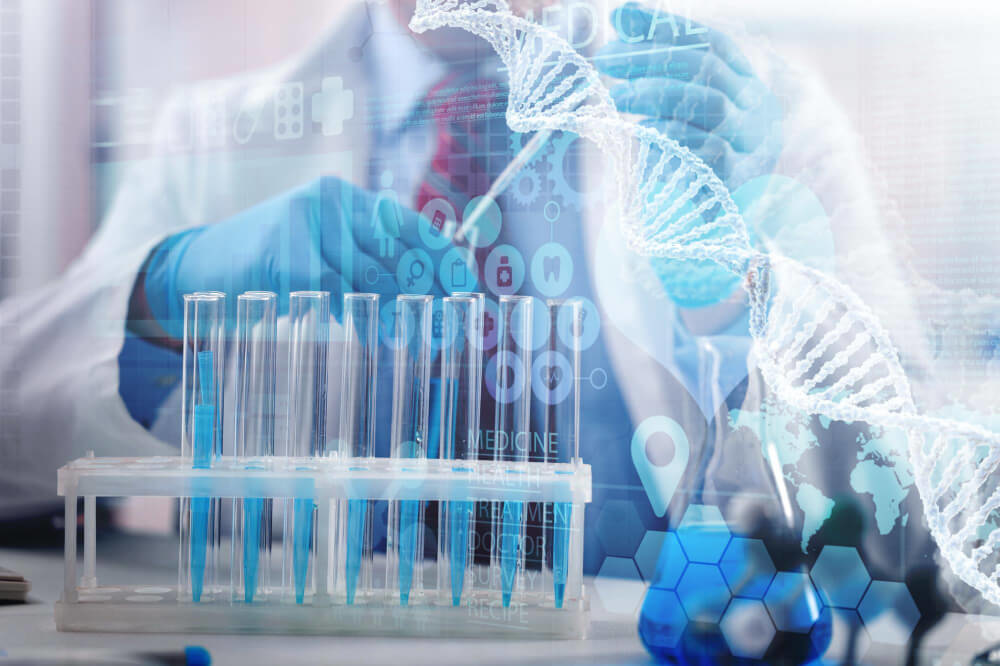
How is Data Used to Personalize Treatments?
One of the foundational principles of a modern biohacking clinic is that you can’t manage what you don’t measure. Before any interventions are recommended, a thorough data collection process usually takes place. This goes far beyond a standard physical. It often includes comprehensive blood panels that look at inflammatory markers, hormone levels, nutrient deficiencies, and metabolic health.
Genetic testing might be used to understand your predispositions for certain conditions or how you might respond to different diets and supplements. But the data collection doesn’t stop there. Many clinics are now at the forefront of a new clinical model that leverages real-time information from personal health trackers. They know how to integrate wearable data from devices like the Oura Ring or Whoop strap.
This continuous stream of information on sleep quality, heart rate variability (HRV), and daily activity levels provides an unprecedented window into your daily life. A clinician can see how a specific therapy from the day before impacted your sleep that night or how your stress levels are trending over a week. This feedback loop allows for dynamic, near-real-time adjustments to your protocol, ensuring your plan evolves with you.

What are Common IV Therapies Offered?
Intravenous (IV) therapy is a cornerstone of many biohacking clinics. By delivering nutrients, vitamins, and minerals directly into the bloodstream, IV drips bypass the digestive system, allowing for 100 percent absorption. This is a highly efficient way to correct deficiencies, boost energy, and support cellular health.
One of the most sought-after IV treatments is the NAD+ drip. Nicotinamide adenine dinucleotide (NAD+) is a critical coenzyme found in every cell in your body. It’s essential for metabolism and DNA repair, but its levels naturally decline with age. Supplementing with NAD+ is thought to boost cellular energy, enhance cognitive function, and support healthy aging.
Given the power and direct nature of these therapies, quality and safety are paramount. Reputable clinics go to great lengths to ensure their materials are sourced correctly. The process of vetting NAD suppliers and compounding pharmacies is a critical, behind-the-scenes step that separates high-quality clinics from the rest. They ensure that what’s going into your body is sterile, pure, and potent.
Other popular IV formulas include high-dose Vitamin C for immune support, glutathione as a master antioxidant to combat oxidative stress, and custom blends of B vitamins and minerals for energy and hydration.

Are There Advanced Technologies Available?
Beyond data and drips, biohacking clinics are known for their impressive suites of advanced technology. These devices offer powerful ways to influence your biology in ways that are difficult to replicate at home.
Cryotherapy is a popular service. This involves exposing the body to extremely cold temperatures for a few minutes. The brief, intense cold exposure is believed to reduce inflammation, speed up muscle recovery, and trigger the release of endorphins. Facilities like Restore have popularized this modality, making it accessible in a clean, professional setting.
Hyperbaric Oxygen Therapy, or HBOT, is another powerful tool. During an HBOT session, you breathe pure oxygen in a pressurized chamber. This environment allows your lungs to gather much more oxygen than would be possible at normal air pressure. This oxygen-rich blood is then circulated throughout the body, promoting healing, fighting bacteria, and stimulating the release of stem cells. The science and application of this technology are extensively detailed by resources like HBOT.com, which showcases its potential for a range of applications.
Other technologies you might find include red light therapy beds to enhance mitochondrial function, pulsed electromagnetic field (PEMF) mats to ‘recharge’ your cells, and neurofeedback systems designed to train your brain for better focus and calm.
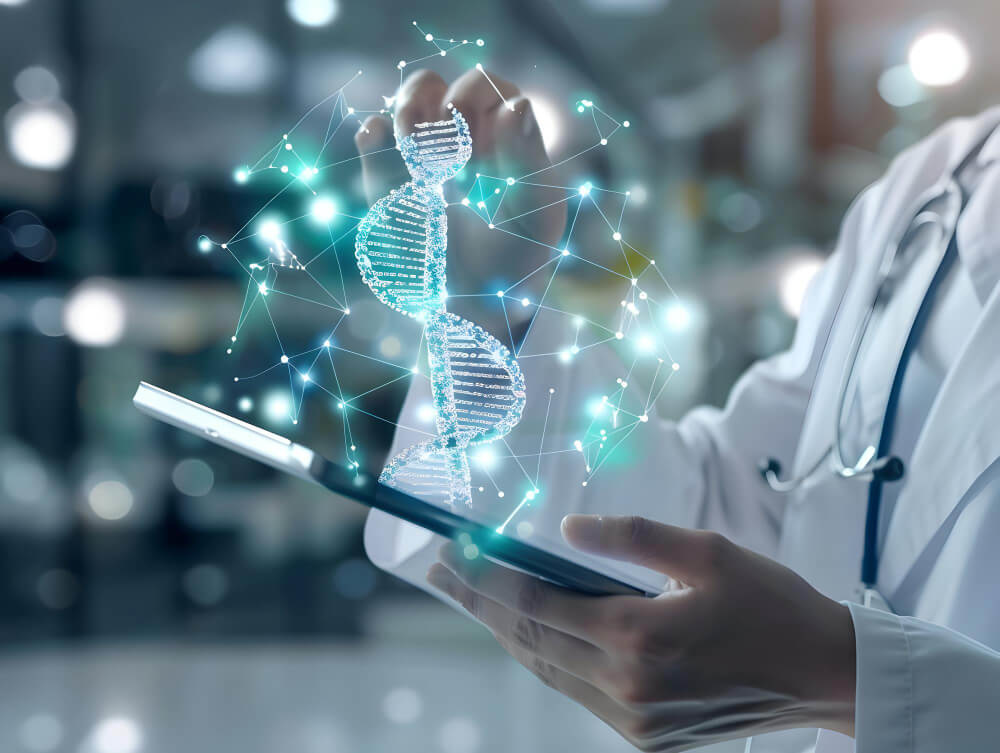
Who are the Key Figures and Influencers in Biohacking?
How did we get to a point where clinics full of cryo chambers and NAD+ drips are becoming mainstream? The rise of biohacking has been fueled by a number of charismatic and dedicated pioneers who have spent years experimenting on themselves and sharing their findings with the public.
These figures have been instrumental in translating complex science into practical protocols that people can understand and apply to their own lives. They’ve built massive communities around the idea of self-optimization and have largely destigmatized the pursuit of human enhancement.
One of the most well-known personalities in this space is Ben Greenfield. An author, coach, and former bodybuilder, he has explored the far edges of physical and mental performance, documenting his extensive self-experiments. His work covers a vast range of topics, from ancestral diets and advanced exercise protocols to spiritual well-being, making him a comprehensive resource for those looking to optimize every facet of their lives.
Another highly respected voice is Dr. Andrew Huberman, a neuroscientist and tenured professor at Stanford School of Medicine. Through his incredibly popular Huberman Lab podcast, he explains the science behind how our eyes, brain, and body work. He provides practical, science-supported tools for improving sleep, focus, and learning. The success of the Huberman Lab demonstrates a huge public appetite for credible, science-backed information on how to improve our health and well-being.
These influencers, and others like them, have created the cultural foundation upon which the biohacking clinic industry is built. They’ve educated millions, created demand, and inspired a generation to take control of their own biology.
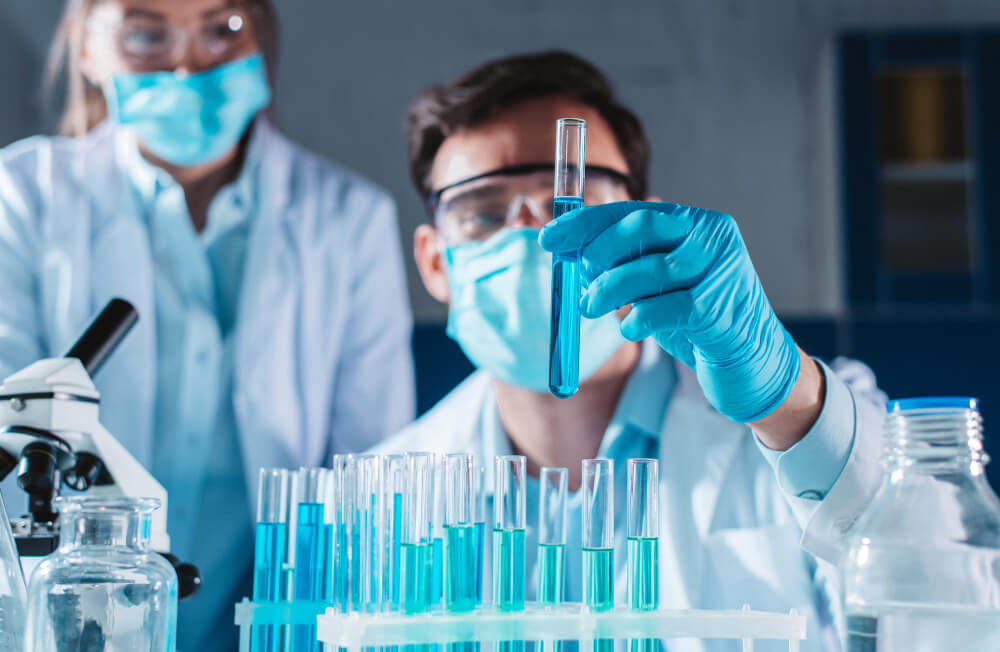
How Does a Biohacking Clinic Differ From a Traditional Doctor’s Office?
The primary difference lies in the fundamental philosophy of care. Traditional medicine is largely built on a reactive, disease-focused model. You typically visit a doctor when something is wrong. The goal is to diagnose a specific illness and prescribe a treatment to return you to a baseline level of ‘not sick’.
Biohacking clinics operate on a proactive, optimization-focused model. People visit these clinics not because they are sick, but because they want to be better than ‘not sick’. The goal is to move beyond the baseline and achieve peak physical and mental performance. It’s about building resilience, enhancing vitality, and extending healthspan, which is the period of life spent in good health.
This philosophical difference is reflected in the tools they use. A traditional doctor’s office is equipped to identify and treat pathology. A biohacking clinic is equipped with tools designed to measure and upgrade physiology. The language is different, too. Conversations in a doctor’s office often revolve around symptoms, diagnoses, and prescriptions. In a biohacking clinic, the discussion is about performance metrics, cellular health, and optimization strategies.
This isn’t to say one is better than the other; they serve different and equally important purposes. In fact, the two models can be highly complementary. A person can work with their primary care physician to manage a chronic condition while simultaneously using a biohacking clinic to improve their energy levels and cognitive function through supportive therapies.

What Should You Look for When Choosing a Biohacking Clinic?
As the popularity of biohacking grows, so does the number of clinics offering these services. Not all clinics are created equal, and it’s important to do your due diligence to ensure you are in safe and capable hands. The first thing to consider is the credentials of the staff.
Look for clinics with a licensed medical professional, such as a medical doctor (MD), a doctor of osteopathic medicine (DO), or a nurse practitioner (NP), on staff and overseeing protocols. This medical oversight is non-negotiable for ensuring safety and proper administration of treatments, especially invasive ones like IV therapy.
The quality and range of technology are also important. Does the clinic invest in state-of-the-art, medical-grade equipment? A clinic that is serious about results will prioritize high-quality devices over cheaper, consumer-grade alternatives. Ask about their machines, their maintenance schedules, and the training their staff receives to operate them.
Personalization is another key factor. A top-tier clinic will not offer a one-size-fits-all menu of services. Instead, they will insist on a thorough initial consultation and data analysis to create a customized plan tailored to your unique biology and goals. Be wary of any center that tries to sell you a package without first understanding your specific needs.
Finally, inquire about their safety protocols and sourcing. Where do they get their IV nutrients? How do they ensure sterility? What procedures are in place in case of an adverse reaction? A transparent and professional clinic will be happy to answer these questions and provide you with the information you need to feel confident in their care.

Can Anyone Start Their Own Biohacking Center?
Seeing the growth and potential in this field, many entrepreneurs and health professionals may wonder about entering the market themselves. While the opportunity is significant, launching and running a successful biohacking clinic is a complex undertaking that requires more than just passion for the subject. It demands a sophisticated blend of medical knowledge, business acumen, and a substantial capital investment.
The regulatory landscape can be complex, varying by state and country. Offering services like IV therapy immediately places the business in a medical category, with all the associated requirements for licensing, insurance, and oversight. The initial outlay for medical-grade equipment like hyperbaric chambers, cryotherapy units, and IV supplies can be substantial.
Developing a sound business model for a biohacking center is crucial for long-term viability. This involves defining a target market, creating service packages, setting pricing, and planning for operational costs like staffing, rent, and marketing. It requires a deep understanding of both the science of biohacking and the economics of running a healthcare-related business.
For these reasons, the most successful clinics are often founded by or in partnership with experienced healthcare professionals who already have a deep understanding of human physiology and clinical operations. They have the foundational knowledge necessary to evaluate new technologies, design safe and effective protocols, and build a practice that is both impactful for clients and sustainable as a business.
In conclusion, the biohacking clinic is more than just a trend. It is the physical manifestation of our growing desire to take an active role in our own health and longevity. It represents a shift towards a future of personalized, proactive, and performance-oriented wellness. By combining ancient wisdom with modern technology and data-driven insights, these centers offer a powerful new path for anyone looking to unlock their full biological potential and live a longer, healthier, and more optimized life.
Frequently Asked Questions
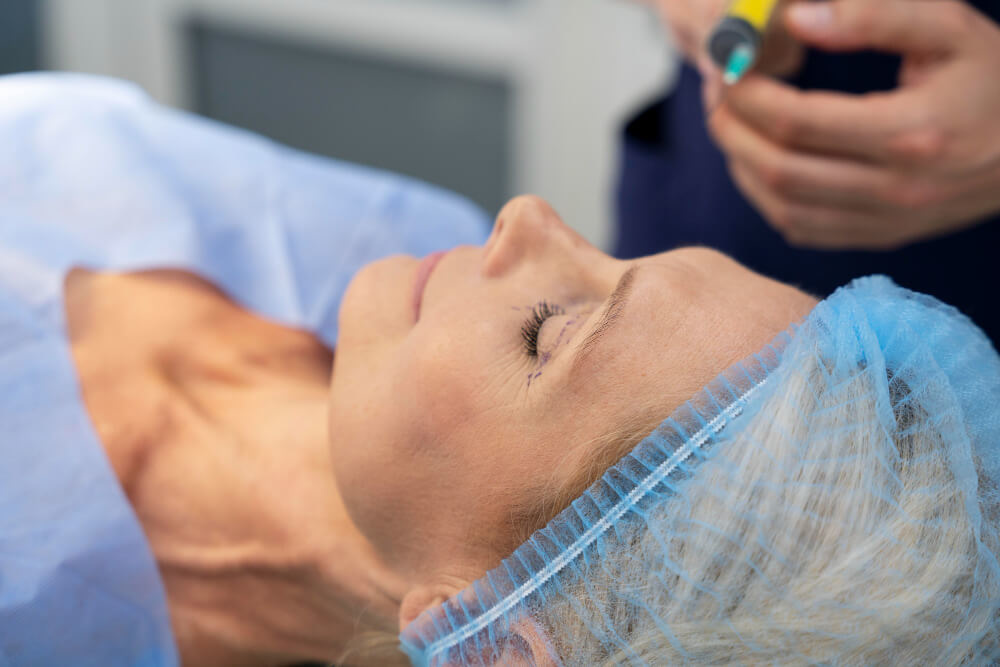
Are there financing options or payment plans available for high-end biohacking devices?
Many manufacturers and specialized retailers of high-end biohacking equipment recognize the significant upfront cost and offer financing solutions. These often come through partnerships with third-party lenders like Affirm or Klarna, allowing you to break down the total price into more manageable monthly payments. It is always best to check the "payment options" or "financing" section on the product or company website to see what is explicitly offered for a specific device.
Beyond direct financing, you can also explore personal loans from your bank or credit union, which may provide more competitive interest rates. In some cases, if a device can be justified as a medical necessity with a doctor’s prescription, you may be able to use funds from a Health Savings Account (HSA) or Flexible Spending Account (FSA). Carefully compare all terms, interest rates, and repayment schedules to determine the most financially sound path for your investment.

Besides the initial purchase price, what are the hidden or ongoing costs of owning advanced biohacking equipment?
The initial capital outlay is only part of the total cost of ownership, and prospective buyers must budget for recurring expenses. These ongoing costs frequently include consumables, such as replacement filters, specialized cleaning solutions, or proprietary pods and supplements required for the device to function. Furthermore, power-intensive equipment like an infrared sauna or a cold plunge will noticeably increase your monthly electricity bill, a factor that should be estimated beforehand.
You should also consider long-term maintenance, potential repair costs after the warranty expires, and the price of any extended warranty plans. Many modern biohacking gadgets also operate on a subscription model, requiring a monthly or annual fee for full access to software features, data tracking, and user communities. Researching these operational expenses is critical for understanding the true financial commitment of your biohacking investment.

Can I generate a return on my investment by offering my biohacking equipment as a service to others?
Yes, creating a small business by renting out access to your high-ticket biohacking equipment is a viable strategy for generating a return on investment. Many owners of devices like hyperbaric oxygen therapy (HBOT) chambers, full-body red light therapy panels, or neurofeedback systems successfully offset their costs by offering paid sessions to others. This approach can help cover the initial purchase price and ongoing maintenance while making powerful health tools more accessible to your community.
However, turning your personal equipment into a public service requires careful planning and transforms it into a business venture. You will need to secure liability insurance, establish a robust cleaning and sanitation protocol, and develop a simple booking and payment system. Be sure to check your local and state regulations regarding operating a small service-based business, as there may be specific licensing or zoning requirements you must adhere to.
Discover the most comprehensive functional medicine training, longevity training, and biohacking certification programs designed specifically for healthcare professionals, medics, and clinic owners who want to master regenerative medicine protocols and anti-aging therapies.

